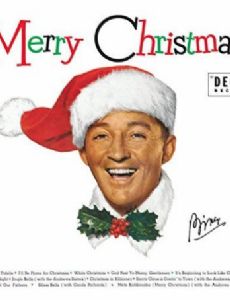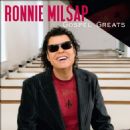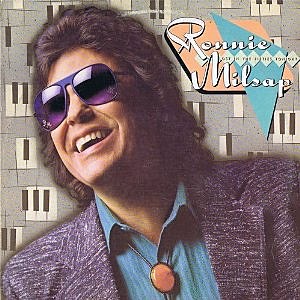

Cotton claimed to have composed the song in 20 minutes, motivated by his "love and passion for New Orleans." Cotton departed Poco in 1987, but returned four years later in 1991, staying with the band until 2010.Ĭotton relocated to Key West, Florida, in 2005, just after Hurricane Wilma (the most powerful tropical cyclone ever recorded) wreaked havoc on the region. Poco's singles included Heart of the Night, which peaked at #20 on the Billboard Hot 100 in 1978. He was also instrumental in the band's flexibility.

Cotton became one of the group's major composers, authoring songs like "Heart of the Night," a Top 20 single from 1978's Legend, in addition to singing and playing lead guitar. He later joined Poco, making his debut on the band's third album, From the Inside, released in 1971. Illinois Speed Press, the most well-known of these bands, blended elements of R&B, rock, and country on two Columbia Records albums: 1969's The Illinois Speed Press and 1970's Duet. Cotton's death comes less than four months after the loss of Poco guitarist Rusty Young, who died in April at the age of 75.īorn in Alabama in 1943 and reared on Chicago's south side, he began playing guitar at the age of 13 and went on to perform in a variety of bands in the late 1950s and 1960s. Paul Cotton, ex-guitarist, vocalist, and songwriter for American country rockers Poco and Illinois Speed Press, died unexpectedly at the age of 78, according to his family.
#Complete list of ronnie milsap songs famous fix full
In recent years, he has continued to record country albums, but has also explored other genres like pop, jazz, soul, and gospel, helping to bring his musical career full circle.Paul Cotton, the ex-guitarist for American country rockers Poco and composer who created one of Poco's biggest songs, "Heart Of The Night," died suddenly at the age of 78. By the end of the crossover era, he’d scored several pop hits, even reaching the top five with his Grammy-winning classic, “(There’s) No Gettin’ Over Me.” While many seventies stars faded into obscurity, Milsap continued to do well at radio through the early nineties. Milsap dominated at country radio to the tune of 35 #1 hits, but his blending of sounds made him appealing at pop radio as well. He also was a huge Grammy favorite, winning six, including five in the competitive Male Vocal race.

He’d win the latter category an unprecedented fourth time in in 1986, a record that stood until George Strait won his fifth in 2008. For more than two decades, he dominated at radio and retail, along with the major award shows.ĭuring his first wave of success in the seventies, he became the first artist to win CMA’s Male Vocalist of the Year three times, and managed to pull off the same feat in their Album category as well. As the Nashville sound was going uptown, his sophisticated approach was the perfect fit. He hit quickly as a country singer, becoming one of the genre’s top acts almost out of the gate.

He was so well-known in other fields that Nashville executives were surprised to find him being pitched as a country act, but he was able to integrate his various genre skills into a modern sound that was distinctively country, despite overwhelming pop and R&B overtones. He mostly made his rent as a session musician, most notably working on sessions with Elvis Presley. He first found success as an R&B singer, scoring a handful of chart hits that also grazed the pop charts. His attention turned to rock music, and even though he was showing great promise as a pre-law student, he decided to go the music route instead. With stunning precision, he learned not only violin, but piano, guitar, and several other instruments. School for the blind, instructors noticed his remarkable musical talent, and he began to study classical music.


 0 kommentar(er)
0 kommentar(er)
